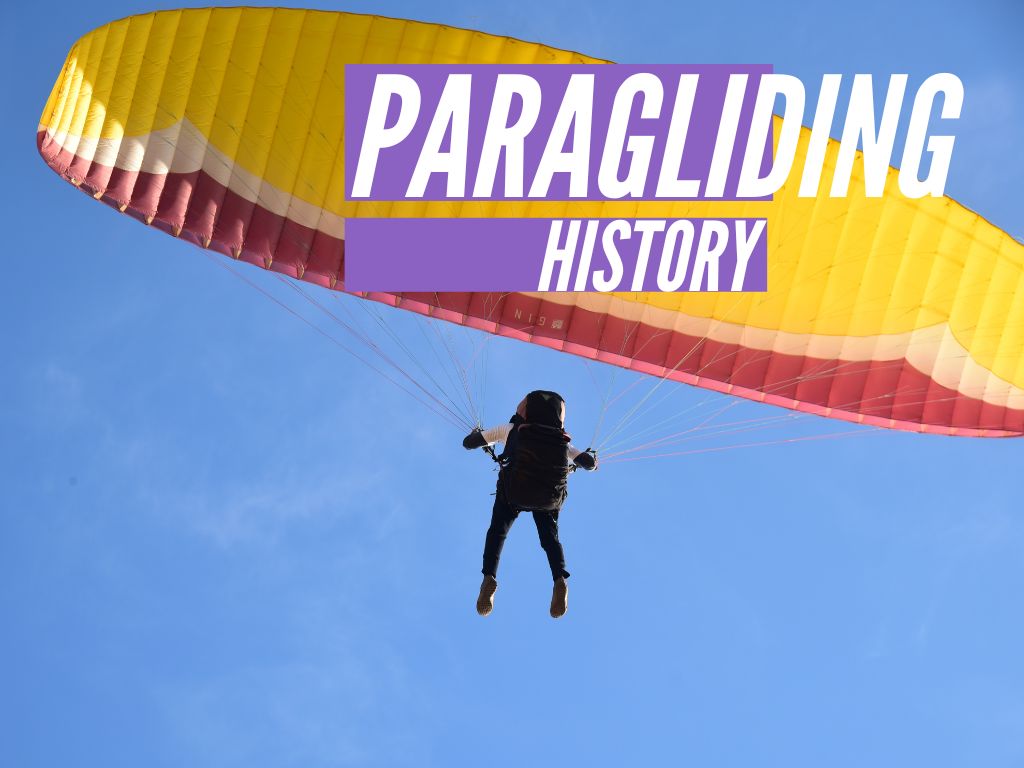The History of Paragliding: From Dreams to Reality
The Age-Old Dream of Flight
Since ancient times, humans have dreamed of soaring through the skies. From the myth of Icarus to Leonardo da Vinci’s flying machine sketches, the fascination with human flight has been a constant. However, it wasn’t until the late 19th and 20th centuries that this dream became a reality.
The Early Pioneers of Free Flight
In the 1890s, Otto Lilienthal, a German aviation pioneer, designed and flew controlled gliders. His work laid the foundation for modern aviation and influenced the Wright brothers. Lilienthal’s gliders proved that controlled flight was possible, and his studies of aerodynamics became essential for future developments.
The Parachute-Glider Evolution: Birth of Paragliding
Paragliding, as we know it today, evolved from parachuting and early glider designs. In the 1950s, Domina Jalbert, an American inventor, introduced the parafoil parachute, featuring air-inflated cells that created an aerodynamic wing. This innovation allowed for better control, longer descents, and the ability to glide, paving the way for modern paragliding.
During the 1960s, NASA developed the Rogallo Wing, a flexible, steerable wing designed for spacecraft landings. This concept quickly gained popularity among skydivers and aviation enthusiasts, influencing the designs of early paraglider prototypes.
The Official Birth of Paragliding as a Sport
By the late 1970s and early 1980s, paragliding became a reality in the French Alps. Mountaineers wanted a fast, efficient way to descend after climbing peaks. Jean-Claude Bétemps, André Bohn, and Gérard Bosson successfully launched the first modern paraglider off a mountain slope in Mieussy, France, in 1978. This historic flight marked the birth of paragliding as a recreational and competitive sport.
With growing interest, wing designs improved rapidly. The introduction of lighter materials, stronger suspension lines, and aerodynamic canopy structures led to enhanced performance and flight duration, making paragliding more accessible to adventure seekers worldwide.
The Rise of Modern Paragliding
Today, paragliding is one of the fastest-growing aerial sports, attracting thrill-seekers, adventurers, and professional pilots. Advancements in glider technology, safety equipment, and training methods have made it safer and more thrilling than ever before. Pilots can now fly for hours, cover long distances, and even perform acrobatic maneuvers using advanced gliders designed for performance and control.
In addition to traditional free-flight paragliding, other variations such as paramotoring (powered paragliding) have emerged, allowing pilots to take off from flat terrain with the help of a motorized backpack unit.
Why Paragliding is the Ultimate Adventure Sport
- Pure Freedom: Unlike other forms of aviation, paragliding requires no engine or fuel—just wind and skill.
Accessible to Beginners: With proper training, almost anyone can learn to paraglide and experience the joy of free flight.
Breathtaking Views: Fly over mountains, valleys, lakes, and coastlines while experiencing a unique aerial perspective.
Thrilling Yet Serene: Paragliding combines adrenaline with the peaceful sensation of floating through the air.
Want to Experience Paragliding for Yourself?

If you’re inspired by the incredible history of paragliding and want to experience the thrill of free flight, now is the perfect time! Whether you’re looking for paragliding courses, tandem flights, or advanced training, expert instructors can help you take your first step into the sky.
Join the growing community of paragliders and turn your flying dreams into reality! fly@templepilots.com
